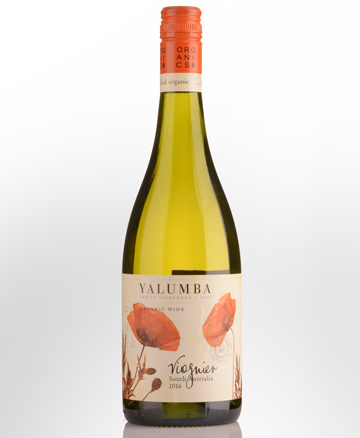Beyond Chardonnay And Pinot Grigio
By Leslee Miller
According to the country’s most recent wine industry reports, Americans really only consume approximately four grapes. Considering there are over 10,000 varieties of wine grapes in the world, we have a considerable way to go before we can begin to categorize ourselves oenophiles. From red grapes to white, wine drinkers generally stick to what they know, grapes they can pronounce or better yet, regions they’ve either been to or can easily point out on a map. Those grapes are Chardonnay, Cabernet, Pinot Grigio and Pinot Noir. While three of the four (save Pinot Grigio) were originally considered anchor grapes of the Noble Grape Series developed in the early 1700s, their popularity still today solidifies their place in history. Even if you’re part of that general grouping of wine drinkers, have you ever considered looking beyond ‘the usual suspects’ to suit your palate? With another 9,9996 grapes to discover, I’m here to help you sip in and discover a few more grapes (white grapes that is), to expand your palate beyond Chardonnay and Pinot Grigio.
When it comes to spring and the flavors of a new season, my mouth salivates imagining the smells of that first whole chicken that I’ll pop into my Big Green Egg when the weather begins to warm up just enough for me to head outside. Smoky grill flavors, combined with a perfectly crisped poultry skin snuggled up to zesty side of chimichurri paired to round, yet nutty Pinot Blanc is one of my favorite food and wine combinations. Pinot Blanc, a genetic mutation of the grape Pinot Noir, is the white grape for those who love Chardonnay. It is generally not as full-bodied as Chardonnay, but still carries the same rich, sometimes toasty characteristics of its Burgundian relative. Speaking of full-bodied grapes, let’s also talk about the grape, Roussanne. While the home of Roussanne is traditionally the Rhône region of France, this grape has been seen around the globe from California to Australia. Known for its rich, honey and roasted pear notes, this is another great grape to add to your repertoire if you’re a Chardonnay fanatic. Some of my favorite dishes with Roussanne include oven-roasted poultry, veal and creamed sauces.
Of course, warmer weather also means lighter fare. The very first ingredients that come to my mind are white asparagus, scallions and fresh herbs. For years, I’ve made a one pan asparagus, chicken, garlic, herb and scallion dish that my friends and family adore. The elements are just that—all fresh, inviting and adaptable for almost every dinner guest. While many experts would argue that asparagus is on the ‘do not pair’ list due to its natural bitterness, I say, bring it on! One of my go-to grapes for this pairing is, Grüner Veltliner. It is the country of Austria’s most widely planted grape. Carrying notes of white pepper, green apple and herbaceous components, this not only makes for a great main course pairing, but also an immaculate accoutrement to an appetizer that incorporates a bit of goat cheese. From an artisanal cheese board to a medley of fresh spring vegetables atop a goat cheese crostini—Grüner Veltliner is that grape for those who love lighter-bodied wines like Pinot Grigio and Sauvignon Blanc.
Last but not least, if there’s one grape that I’d love for you to try, and a wine that literally goes with just about every style of cuisine on the table, it’s the grape Viognier. Another that originated in the Rhône valley of France, but can be found globally from South Africa to South America. Dry, with a medium to full-bodied mouthfeel, Viognier carries notes of peach, tangerine and honeysuckle. A delicious white wine for those looking for that ‘one size fits all’ grape. With notes that mirror the grape, Torrontés (which can be found primarily in South America), these two gems are sure to please even the pickiest of wine drinkers. And, make you feel like you’ve just stepped into spring. Happy sipping!































